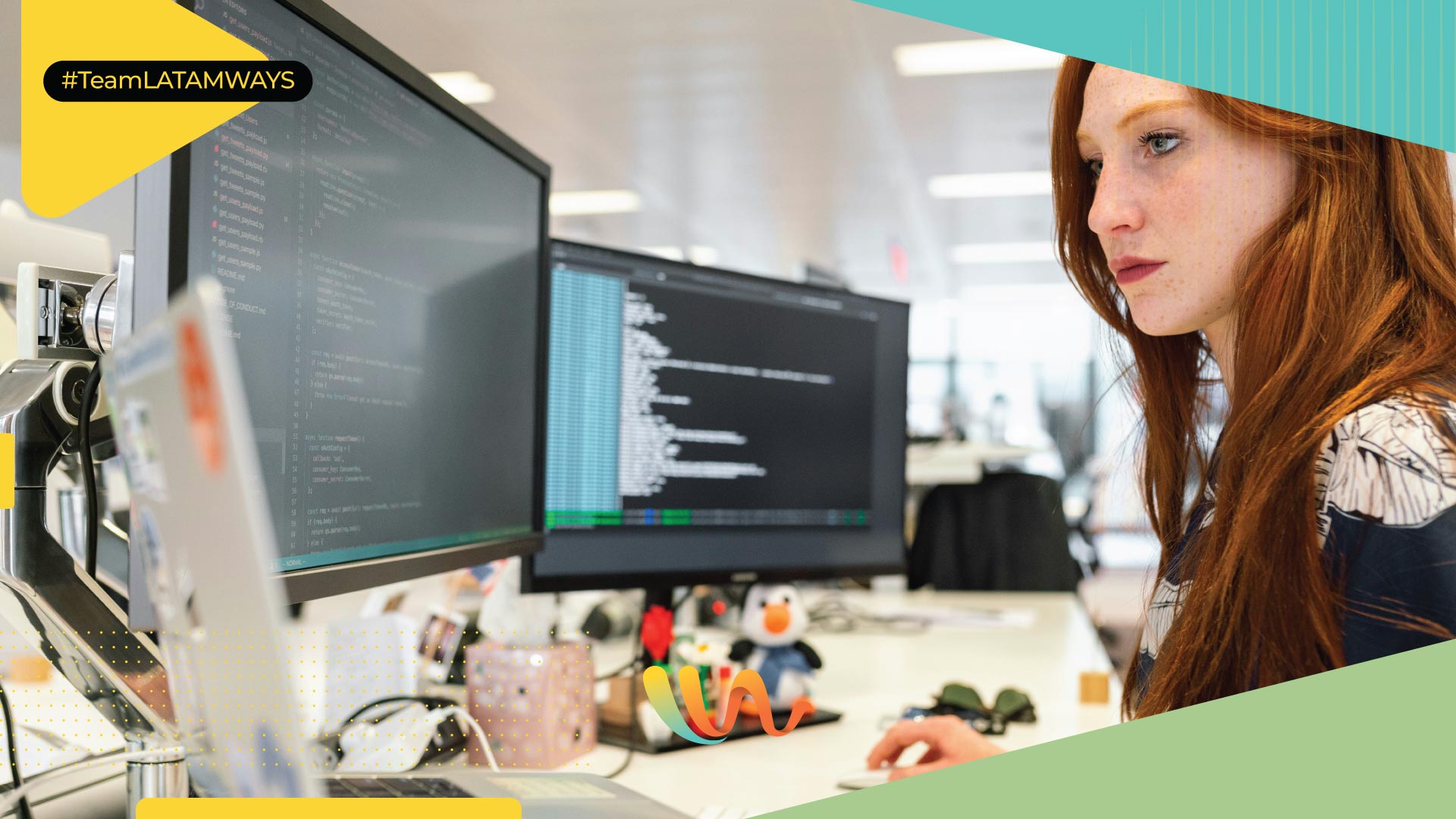
Machine translation (MT) has become a game-changer in the translation industry, but raw MT output often requires human intervention to ensure accuracy and fluency. This is where MT post-editing (MTPE) comes in. But how can you streamline your MTPE workflow and maximize your productivity?
Here are 5 steps to get you started:
1. Choose the right MT engine: Not all MT engines are created equal. Consider factors like the specific language pair you’re working with, the domain of the text (technical, legal, etc.), and the quality of the engine’s output. Researching and testing different engines can make a big difference in the amount of post-editing required.
2. Leverage translation memory (TM) and glossaries: Integration with TM tools allow you to reuse previously translated segments, saving you time and effort. Glossaries ensure consistency in terminology across your projects. Utilize these tools to pre-populate your MTPE environment for a smoother workflow.
3. Prioritize quality checks: Utilize features like fuzzy matching in your TM to identify similar segments for reference. Double-check terminology against term base, and ensure the final output reads naturally to deliver exceptional quality.
4. Master MTPE tools: Many CAT tools offer functionalities specifically designed for MTPE. Learn to leverage features like segment break prediction, terminology suggestion, and one-click fixes for common MT errors. These tools can significantly speed up your editing process.
5. Embrace continuous learning: The world of MT is constantly evolving. Stay updated on the latest advancements in MT engines, AI and best practices in MTPE. Participate in online forums, events or training courses to refine your skills and stay ahead of the curve.
Machine Translation Post-Editing is a unique blend of art and science. By combining human expertise with the power of technology, you can achieve remarkable results.